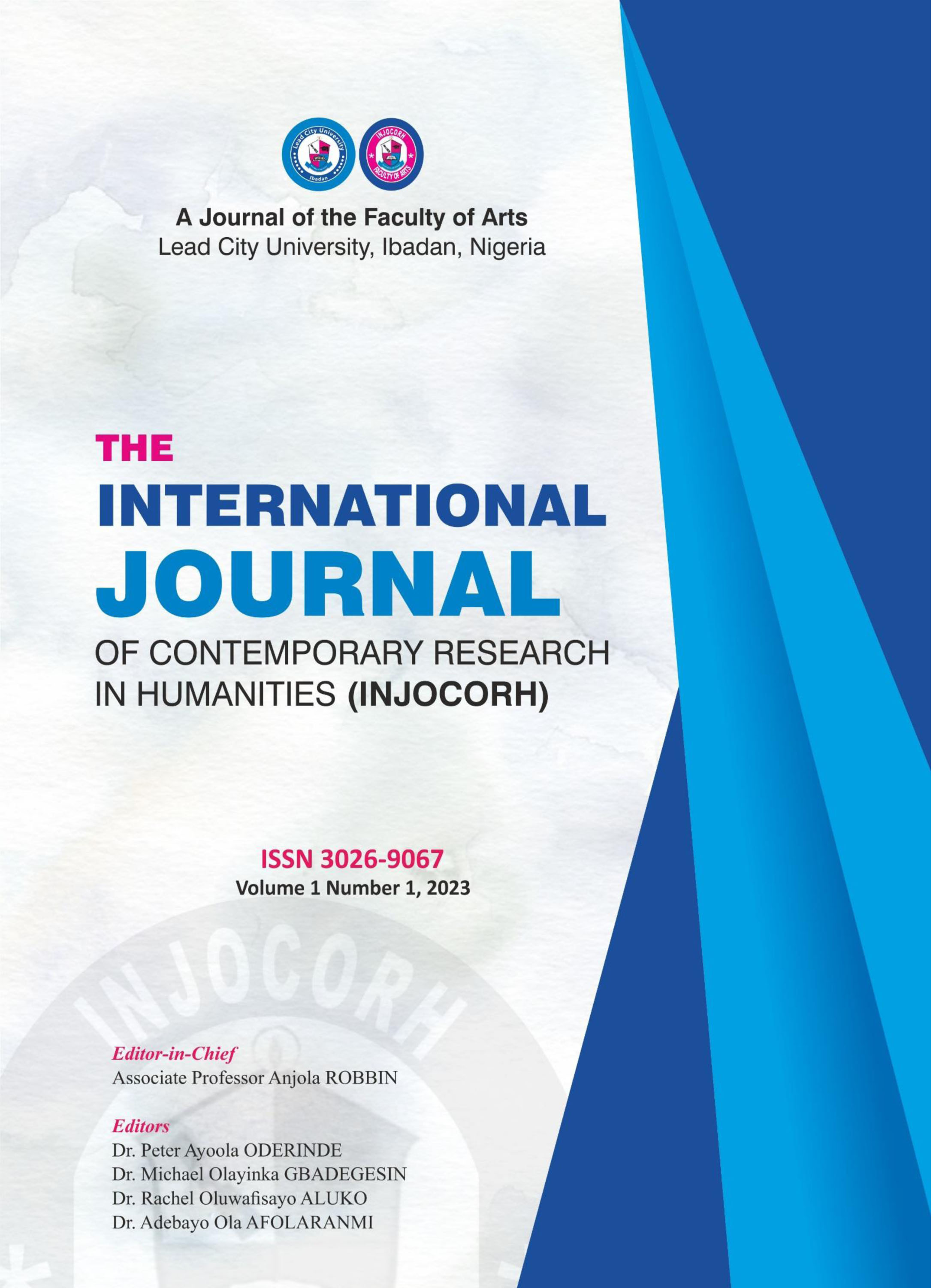An Examination of the Use of Special Effects Make-Up in the Nigerian Film Industry (Nollywood)
Keywords:
Make-up, Nollywood, Special Efects, SymbolismAbstract
Make-up is one important aspect of theatre that helps to build the director’s conceptualization. It involves the use of cosmetics and other materials to help transform an actor into the character he or she is meant to play. Simply put, it interprets the role of a character alongside costume. Special Effects Make-up is one of the four types of theatre make-up. This aspect is one which requires special training and skillfulness. Make-up is taught alongside costume design but does not receive much attention in schools. As a result, students who choose to be make-up artists do not have adequate information and experience in the field. Some of the problems faced by special effects make-up artists
include short time-frame, unavailability of materials, poor lighting and environmental factors. This research work is limited to the analytical breakdown of the six selected films, drawing out the special effects make-up deployed in them, although references will be made to other films when and where necessary.
This study serves as a resource text for researchers and scholars interested in Nollywood, especially
in the area of makeup. It also hopes to fill the lapse in the application and development of special
effects make-up in Nollywood.
This research employs the qualitative method of research using analysis of related literature such as
text books, journals, online materials, articles, and six selected films were consulted to obtain relevant
information. The films are Maami, October 1, Figurine, Igodo, Koto Orun, and The Meeting. They
were all monitored on DVDs. The Symbolism theory will be used to define the viewpoint of this study.
Findings made during this research include lack of skill and professional training, unavailability of
materials, blending, environmental factors, short time-frame and insufficient academic training.

